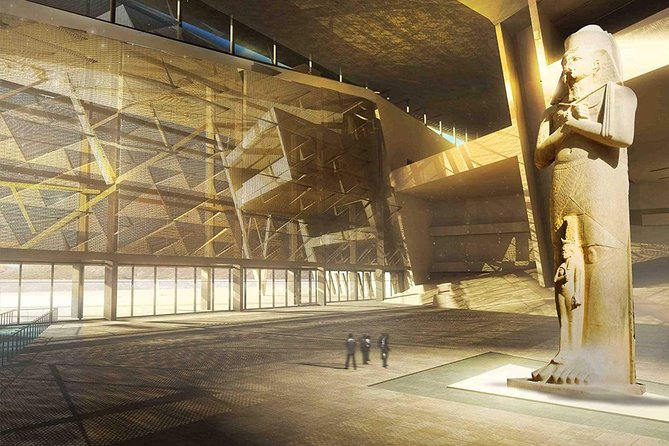The Pyramid Complex of Sahure is a significant archaeological site situated in Abu Sir, Egypt, dating back to the Fifth Dynasty of the Old Kingdom, around the 25th century BCE. This complex was built for Pharaoh Sahure, also known as Neferirkare Kakai, who was the second ruler of the Fifth Dynasty. It represents a notable evolution in pyramid construction and burial practices within ancient Egyptian civilization. The complex consists of several important elements
1. Pyramid 
The primary feature of the complex is the pyramid of Sahure, which originally reached a height of approximately 47 meters (154 feet). Constructed from limestone blocks, the interior core was likely covered with a smooth limestone layer, giving it a refined appearance.
2.Mortuary Temple 
Adjacent to the pyramid is the mortuary temple, a crucial component of the complex that served as the center for rituals dedicated to the deceased pharaoh. This temple includes various chambers and halls, as well as a courtyard where priests and officials performed offerings and other ceremonial functions. The walls are embellished with reliefs illustrating significant events from Sahure's life, alongside depictions of religious and offering rituals.
3.Causeway 
A well-preserved causeway links the mortuary temple to the valley temple located near the Nile River. This causeway is thought to have been adorned with decorative reliefs and inscriptions that recount Sahure's journey to the heavens and related occurrences.
4. Valley Temple

The valley temple, positioned on the floodplain of the Nile, served as the main access point to the complex from the river. It likely featured a docking area for boats utilized during burial ceremonies. At this temple, the body of the deceased pharaoh was received for the final time prior to its transportation.
 English
English






